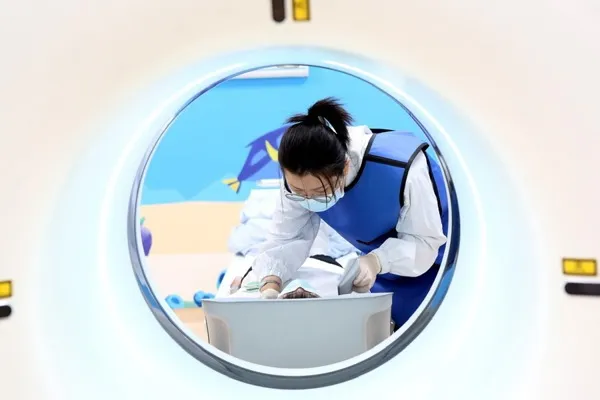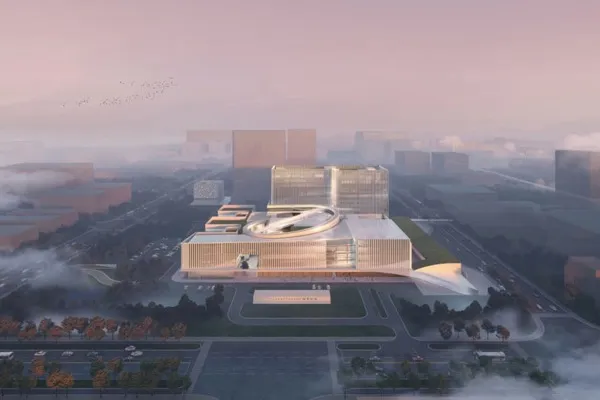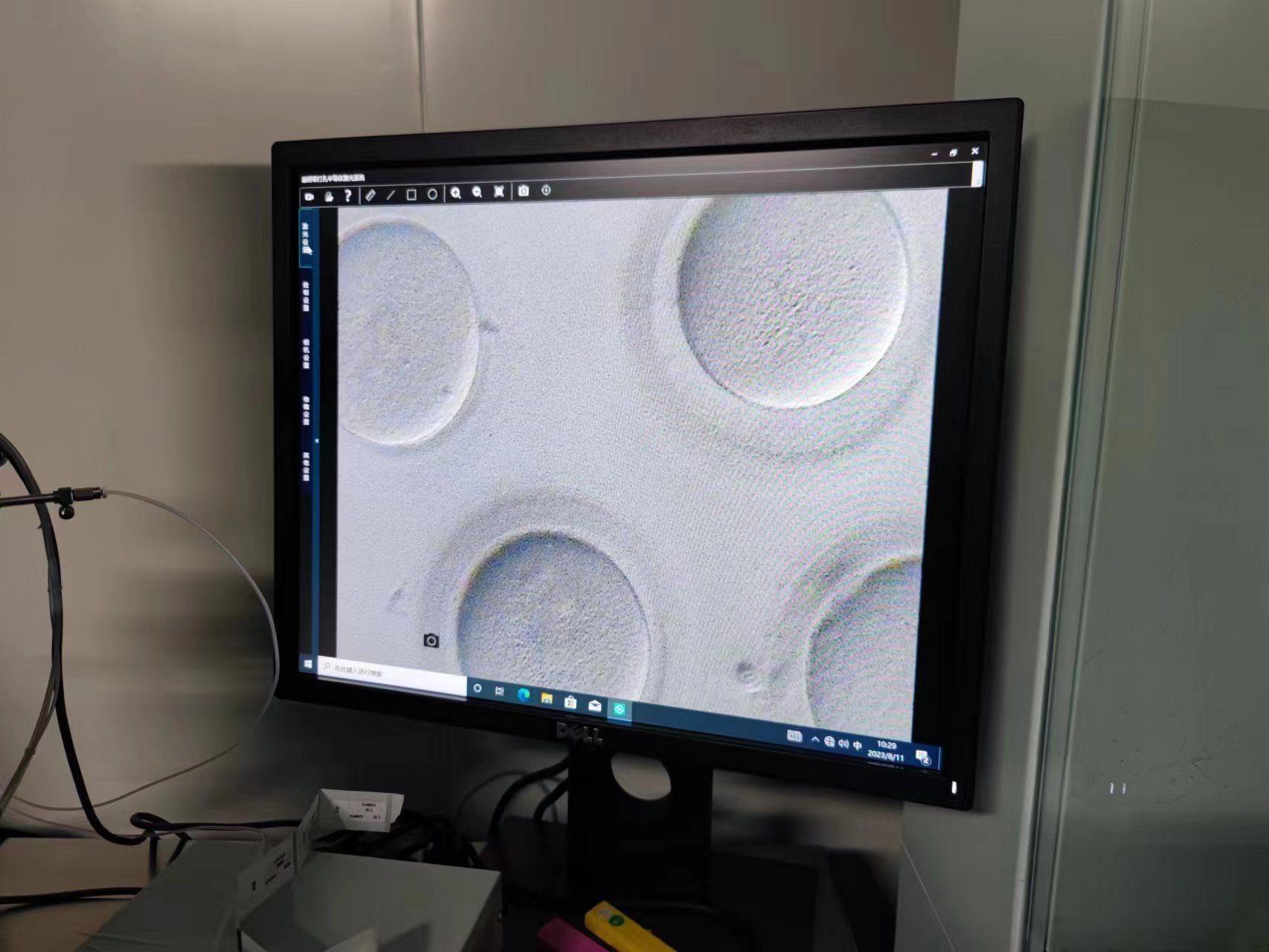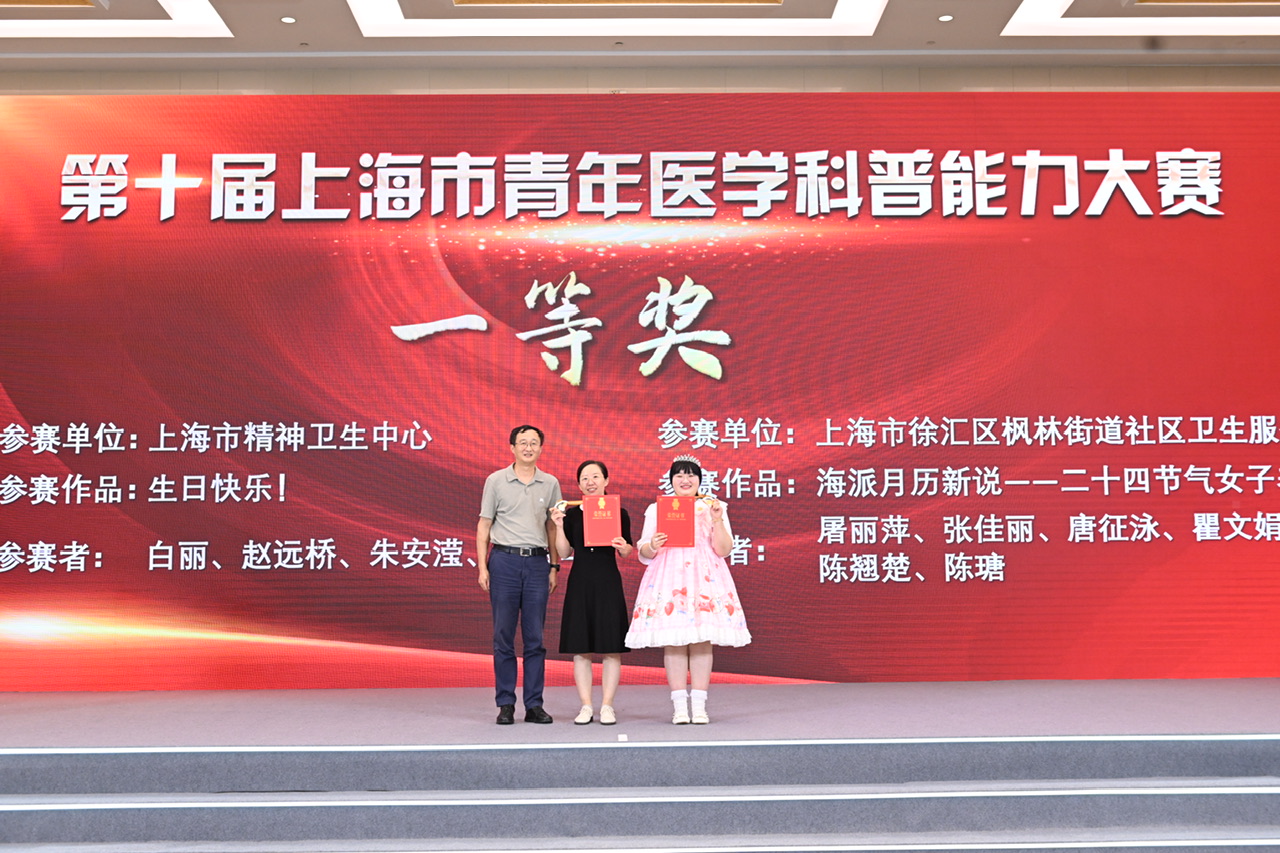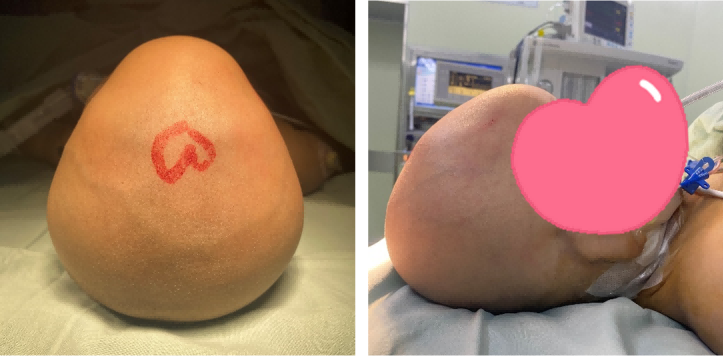Filling the gap in positron imaging at National Children's Medical Center, Fudan Pediatrics launches new digital light guide PET/CT
The PET Center of the Children's Hospital of Fudan University was officially launched today. It is understood that this is the first National Children's Medical Center equipped with a positron imaging examination system.
The new digital light guide uMI780PET/CT launched this time has the three major advantages of extremely low-dose scanning, ultra-wide axial field of view and ultra-high resolution. It is a large-scale high-end nuclear medicine equipment that can achieve precise diagnosis and treatment. It can be used on the same machine. Anatomical and metabolic images are acquired simultaneously and fused.
Wu Ha, director of the Department of Nuclear Medicine at the Children's Hospital of Fudan University, said that PET/CT can be called a "radar for detecting life." One scan can simultaneously obtain PET images, CT images and fusion images of all parts of the body, providing accurate information for diseases in various systems of the body. Diagnosis, especially in the early diagnosis of children's tumors, finding primary lesions, staging and grading, and efficacy evaluation, has high clinical value; it also has great application space in non-tumor fields such as complex infections and inflammatory diseases. .
PET/CT is widely used in adult general hospitals. Currently, only the Children's Hospital of Fudan University in the National Children's Medical Center is equipped with this equipment. Experts said that because children are in the growth and development period, the disease spectrum is also very different from that of adults. Therefore, children's PET/CT examination requires more personalized and targeted technical solutions, such as injection technology, sedation technology, child care, etc. Children Specialty hospitals have obvious advantages in that they can not only ensure the quality of medical care, but also provide high-quality services to children.
The Department of Nuclear Medicine of the Children's Hospital was founded in 1978 and has a history of 45 years. Since Professor Shen Weitang founded the isotope laboratory of my country's first children's hospital, the equipment has been updated and iterated by Professor Zeng Jihua and Professor Zhao Ruifang.
From the scanners in the 1980s, to the gamma cameras in the 1990s, to the SPECT in the new century, they were all leading equipment at the time. Now, as the first Children's National Medical Center to be equipped with PET/CT, it marks a new level in the pediatric hospital's ability to serve children.
Li Qian, Secretary of the Party Committee of the Children's Hospital, said that the opening of PET/CT at the National Children's Medical Center fully reflects the country's emphasis on children's health. The improvement of hardware can better meet the medical needs of children, relying on a strong multi-disciplinary expert team As well as a medical, teaching and research platform, the pediatric hospital will greatly improve the level of diagnosis and treatment of difficult and rare diseases, childhood tumors, infection and immunity, and provide children with professional and high-quality medical services.
On that day, the PET Center held exciting academic activities. Nuclear medicine experts and pediatric experts gathered together to communicate on topics such as the development and application of nuclear medicine and how to effectively integrate it with pediatrics.
